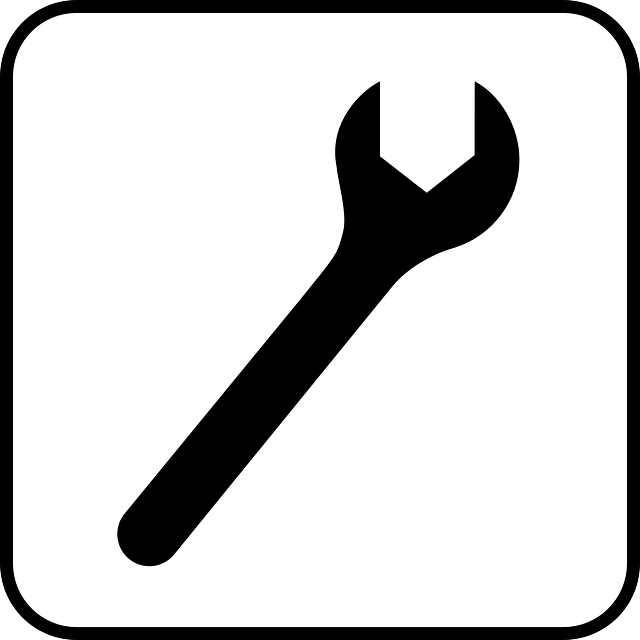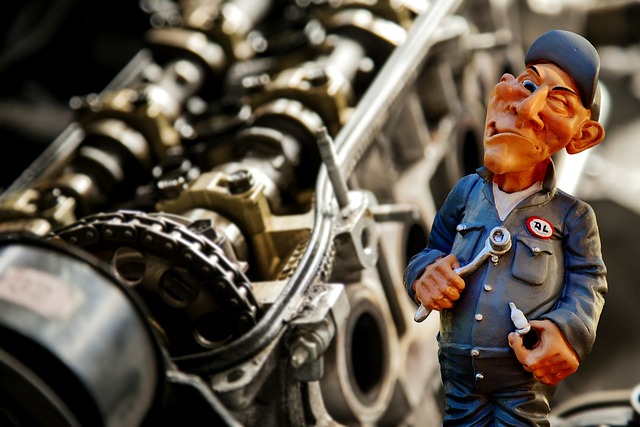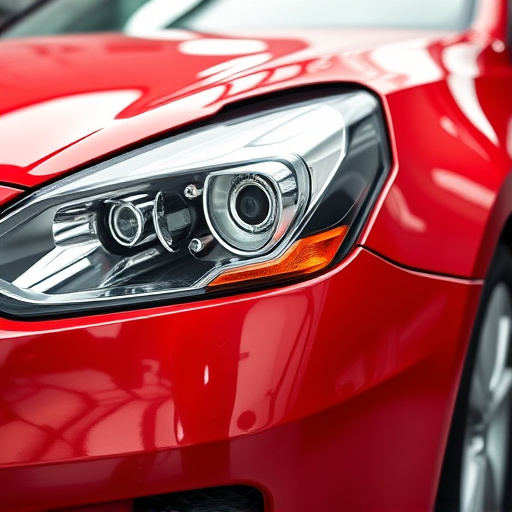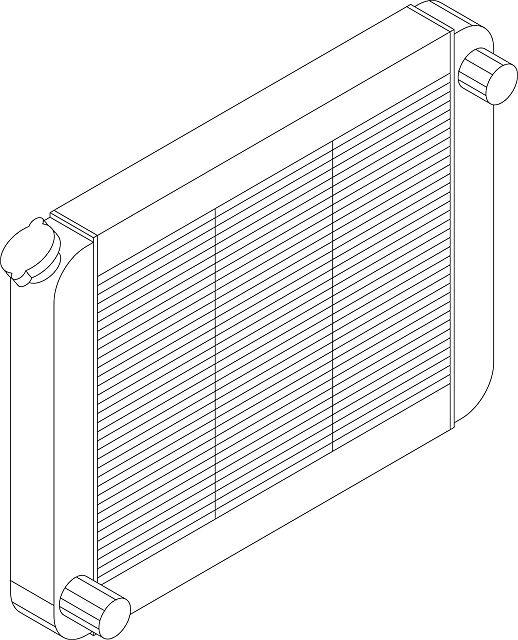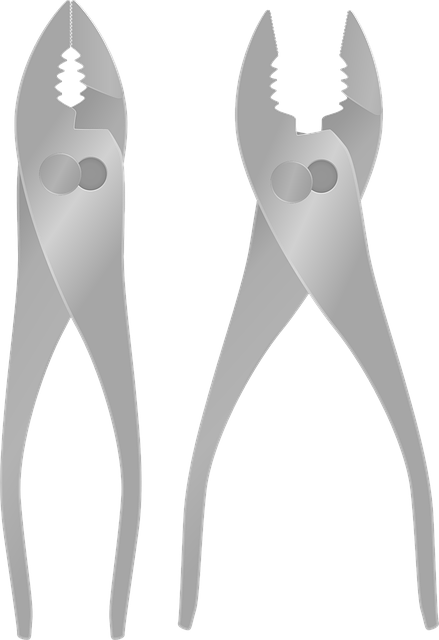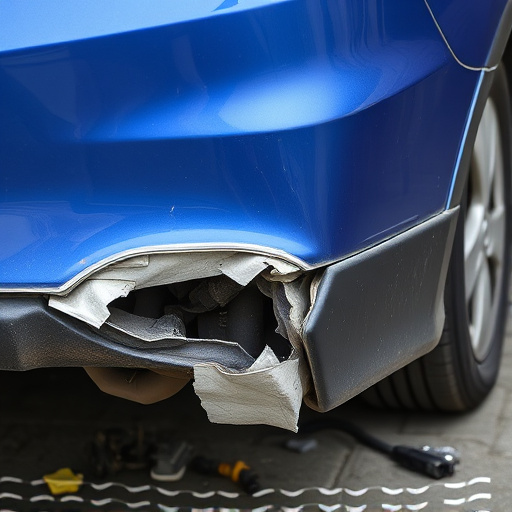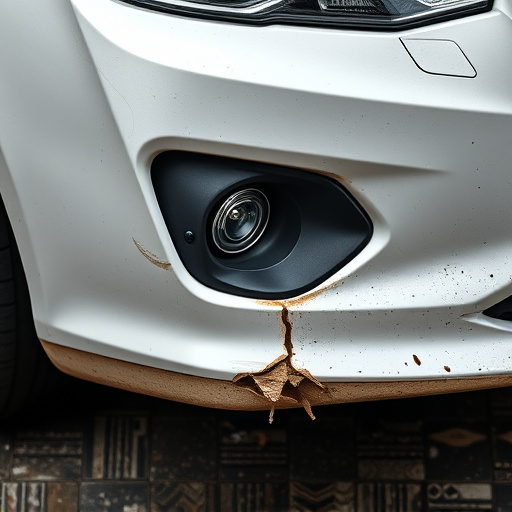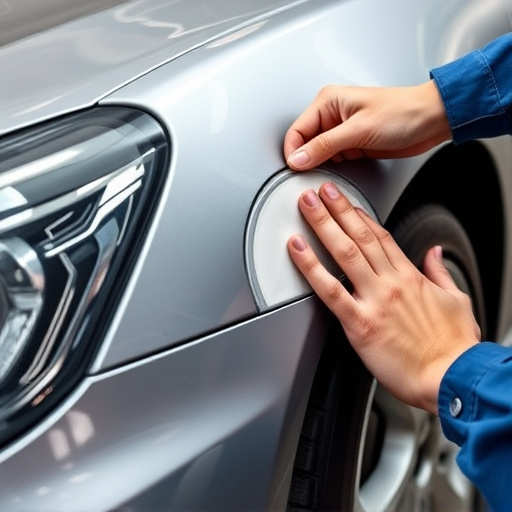The Mercedes diagnostic system, a complex network of sensors, software, and hardware, acts as the vehicle's command center, monitoring and managing critical systems for safety, performance, and efficiency. Calibration and reset functions are vital for collision repair shops to ensure precise repairs that meet stringent safety standards. Specialized tools and knowledge are required for accurate Mercedes Diagnostic System (MDS) calibration and reset, which involves connecting diagnostic equipment to the onboard computer and adjusting sensor settings, clearing error codes, and re-optimizing performance parameters. This meticulous process is crucial for auto frame repair, ensuring safety systems function optimally after bodywork repairs.
The Mercedes diagnostic system is a complex network of sensors, software, and hardware designed to monitor and optimize vehicle performance. As a critical component in modern automotive technology, it plays a pivotal role in ensuring smooth operations, efficiency, and safety. This article delves into the intricacies of the Mercedes diagnostic system, focusing on its calibration and reset functions—essential processes for maintaining optimal vehicle health. We’ll guide you through understanding these procedures and the tools required to effectively calibrate and reset your Mercedes system.
- Understanding Mercedes Diagnostic System: A Glimpse into Its Role
- Calibration and Reset Functions: What They Entail and Their Importance
- Tools and Steps for Effective Mercedes Diagnostic System Calibration and Reset
Understanding Mercedes Diagnostic System: A Glimpse into Its Role

The Mercedes diagnostic system is a complex network of sensors, software, and hardware designed to monitor and manage various systems within the vehicle. This advanced technology plays a pivotal role in ensuring optimal performance, safety, and efficiency for Mercedes cars and SUVs. It acts as the car’s central nervous system, collecting data from numerous components, analyzing it, and facilitating communication between different control units.
For collision repair shops and automotive repair facilities, understanding this diagnostic system is crucial when performing calibration and reset functions on Mercedes vehicles. Whether it’s a minor fender bender or a major accident leading to a car body restoration, the Mercedes diagnostic system helps diagnose issues, optimize repairs, and ensure that the vehicle meets strict safety standards. Its role in facilitating precise adjustments during post-repair calibrations cannot be overstated.
Calibration and Reset Functions: What They Entail and Their Importance

The Mercedes diagnostic system plays a pivotal role in ensuring the precise calibration and reset functions within the vehicle. Calibration refers to the process of adjusting various systems, such as the engine management or suspension settings, to meet specific performance criteria. It involves meticulous adjustments to ensure optimal operation, enhancing fuel efficiency, emissions control, and overall driving experience. Reset functions, on the other hand, are crucial for returning system parameters to their default values after maintenance or repairs, thereby eliminating any stored error codes and ensuring the vehicle operates as intended.
These processes are essential for maintaining the performance and reliability of Mercedes vehicles. Regular calibration and resets prevent issues from escalating, reduce the need for frequent auto repair shop visits, and contribute to a smoother driving experience. Just like dent removal on a car’s body brings it back to its original state, these functions ensure that every component within the vehicle functions as designed, making them vital for both vehicle owners and trusted auto repair shops.
Tools and Steps for Effective Mercedes Diagnostic System Calibration and Reset

For effective Mercedes Diagnostic System (MDS) calibration and reset functions, the right tools and precise steps are essential. Auto repair services that specialize in Mercedes vehicles typically have access to advanced diagnostic equipment and software designed specifically for this purpose. The process begins with connecting a compatible OBD-II scanner or diagnostic tool to the vehicle’s onboard computer via the diagnostic port, usually located under the steering wheel.
Once connected, specialized software guides technicians through the calibration and reset procedures. This might involve adjusting sensor settings, clearing error codes, and re-establishing optimal performance parameters for various systems like the engine, transmission, and brakes. For instance, in auto frame repair scenarios, precise MDS calibration ensures that safety systems are functioning correctly after any structural damage or repairs to the car bodywork services have been completed.
The Mercedes diagnostic system is an indispensable tool for maintaining and optimizing vehicle performance. By understanding its role in calibration and reset functions, car owners can ensure their vehicles run efficiently and smoothly. Calibration adjusts sensor readings for precise data, while resets facilitate system restoration to optimal settings after various events. Proper use of these functions not only enhances vehicle functionality but also prolongs its lifespan. Following the outlined steps using suitable tools guarantees accurate and effective Mercedes diagnostic system calibration and reset processes.

